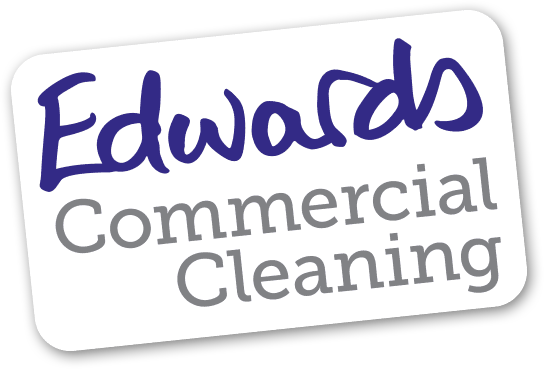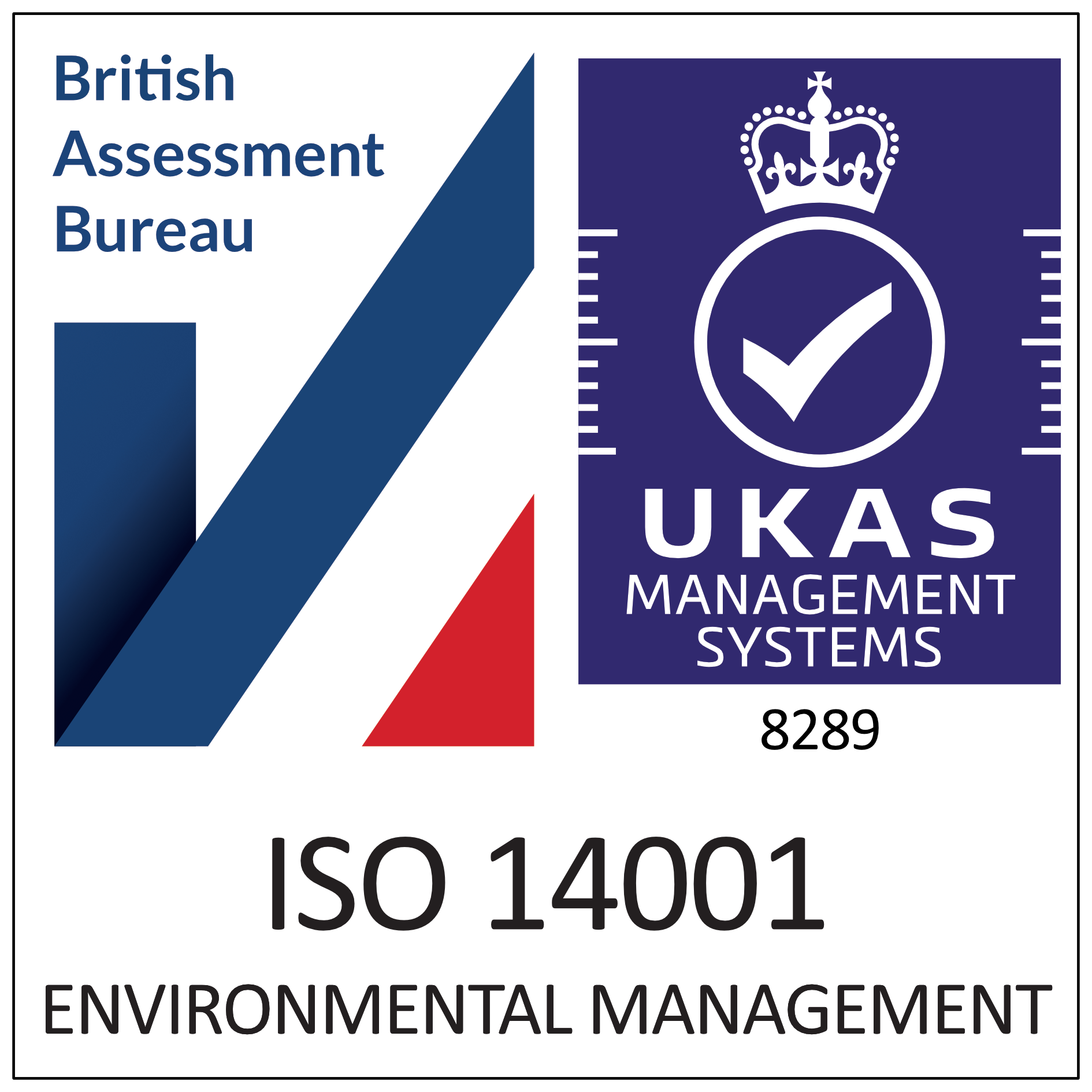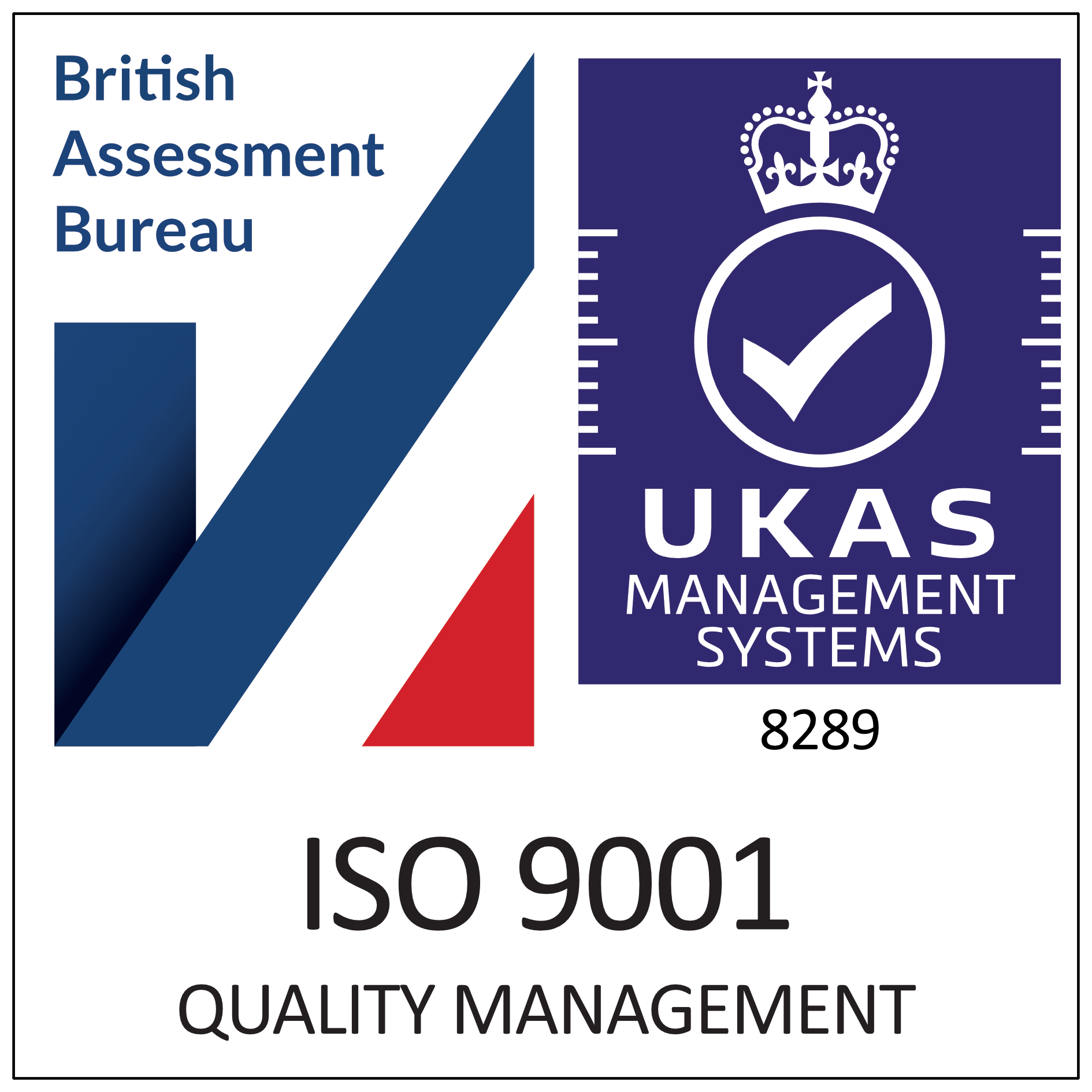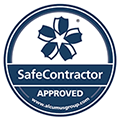Over the years we’ve visited a lot of potential clients and poked our heads in to a huge number of cleaning cupboards. As I’ve recently been training new Business Development Managers, I’ve been back in to visiting buildings and looking around the areas used to store mops, cloths and associated equipment etc.
This started an interesting discussion about the number of cleaning cupboards we’ve looked in which had insufficient equipment so that cross contamination became a real and dangerous issue. Even where there were colour coded mops, buckets and cloths invariably they were mixed and therefore becoming a pointless exercise. So we decided to do a mini survey over the next ten visits to prospective clients, covering the period end of March and first week in April. I understand this isn’t a scientific survey but we thought it would be interesting nevertheless and something worth sharing.
The importance of preventing cross contamination is vital across not only a workplace but absolutely everywhere we go. Can you imagine using the cloth you clean your home toilet seat for washing the dishes and wiping down your kitchen table? The same goes for an employer showing a duty of care towards their employees, visitors, customers and in some cases members of the general public. The cloths that clean the urinals and toilet seats should be different from the cloths which wash down the sinks and clean the taps, the mop that cleans the toilet floor and is used to remove ‘spillages’ should be a different mop from the one that cleans the kitchen or canteen floor. This should be controlled by having different colours for the mops, buckets and cloths involved and these must be kept apart and not allowed to mix. Even when drying them out at the end of a shift they mustn’t be allowed to drip on to each other, hence preventing cross contamination. Areas of high contact areas should be disinfected regularly, door handles, push plates, locks on doors and taps etc as these are where the biggest risk is for spreading the germs. In offices where ‘hot desking’ is popular, ensuring the entire area is cleaned and sanitised before the next person uses the desk, keyboard and phone will help keep sickness levels down across a business.
Cleaner hygiene is also vital and hands must be washed or gloves changed between the changes to different ‘coloured’ work. It would be a little pointless wearing the same gloves to wash inside toilet bowls then going to wipe down kitchen tops! Other things like the use of a good disinfectant or using microfibre cloths and mops (which hold on to germs better) are important too but actually showing a system of preventing spreading those germs and in some cases dangerous diseases and using the ‘right’ kit is by far the best.
So on to our mini survey which proved to be extremely interesting. Out of ten cleaning cupboards only two had enough (and the correct) colour coded equipment to prevent cross contamination. Three more had colour coding but the mops, cloths etc were touching or on top of one another and in one case the blue mop and bucket were sitting inside a red set with both red and blue cloths pushed inside. The other five cupboards either had no colour coding or just one colour, meaning there was a real risk of causing disease and infection in that area.
I must point out at this stage that not every one of these mentioned ten cupboards were operated by contract cleaning companies, some were ‘in house’ cleaning arrangements but none the less the lack of care is pretty staggering. If I also mention that at least one of these non compliant cupboards were in a clinical establishment, it becomes a real concern.
Maybe it’s a combination of a lack of investment in cleaning or a lack of training or even knowledge in how to prevent people giving their germs to another but I strongly feel that ignorance isn’t an acceptable excuse when it comes to people’s safety. Of course, these discrepancies were pointed out to those we met and I hope that steps have already been taken to address these issues, they certainly have in those accounts that now are using our services.






